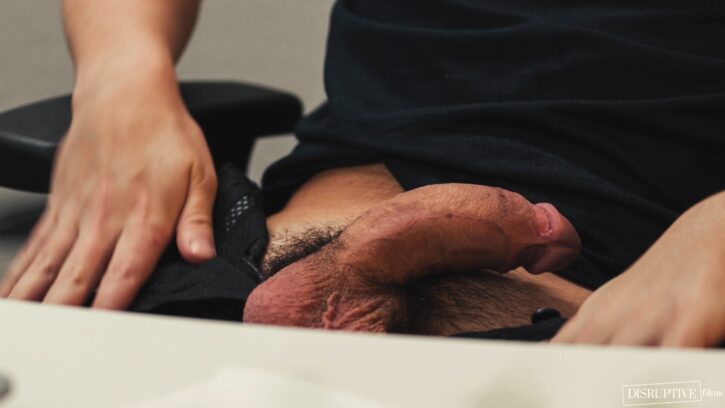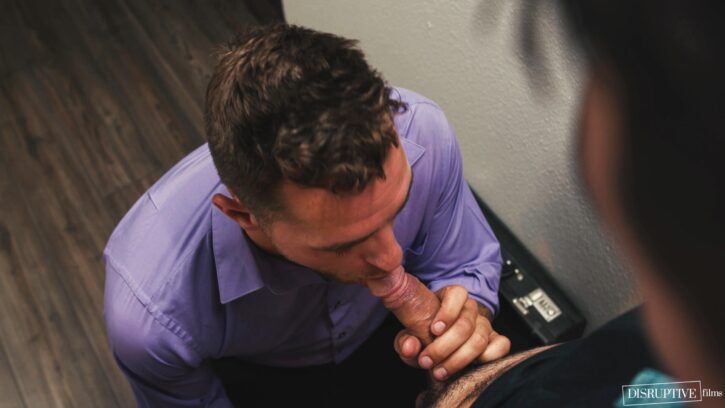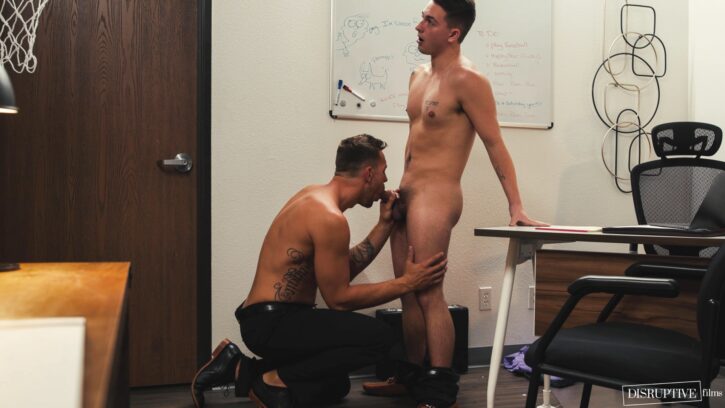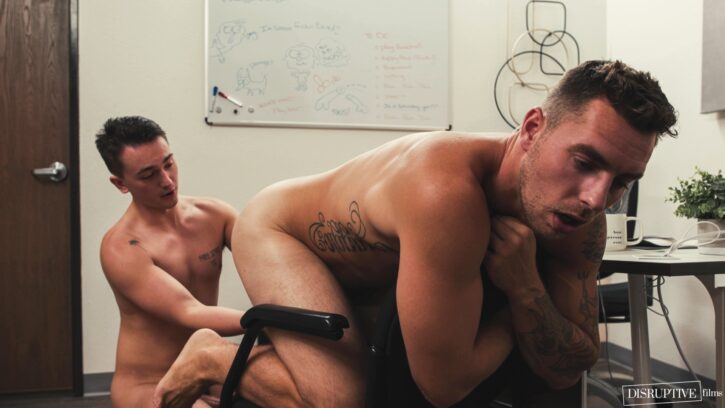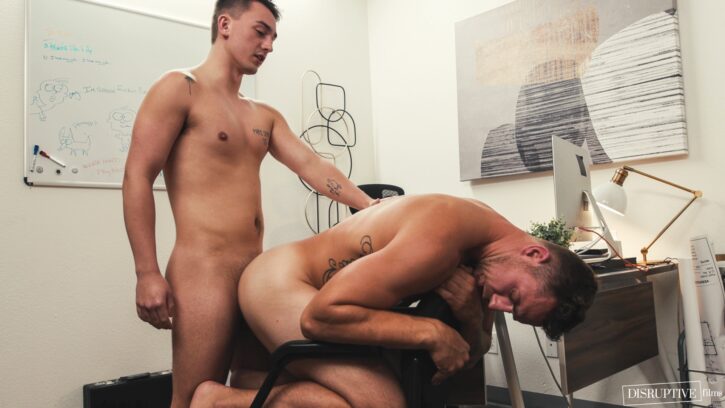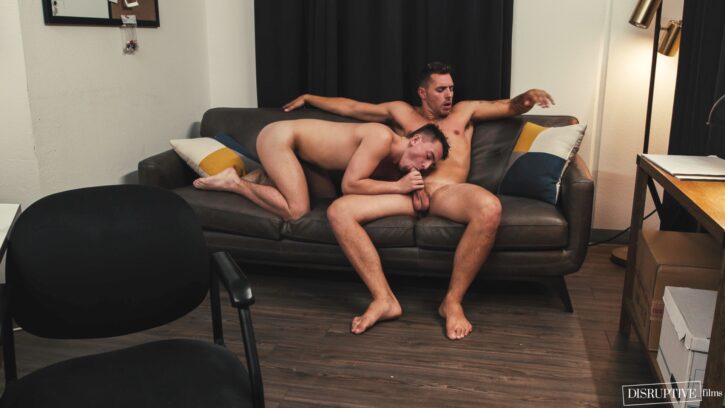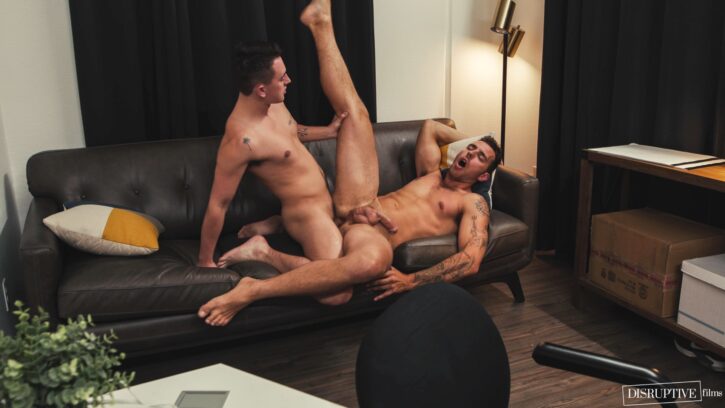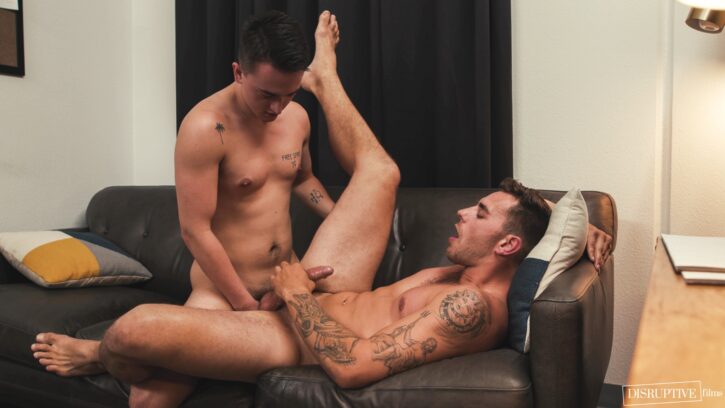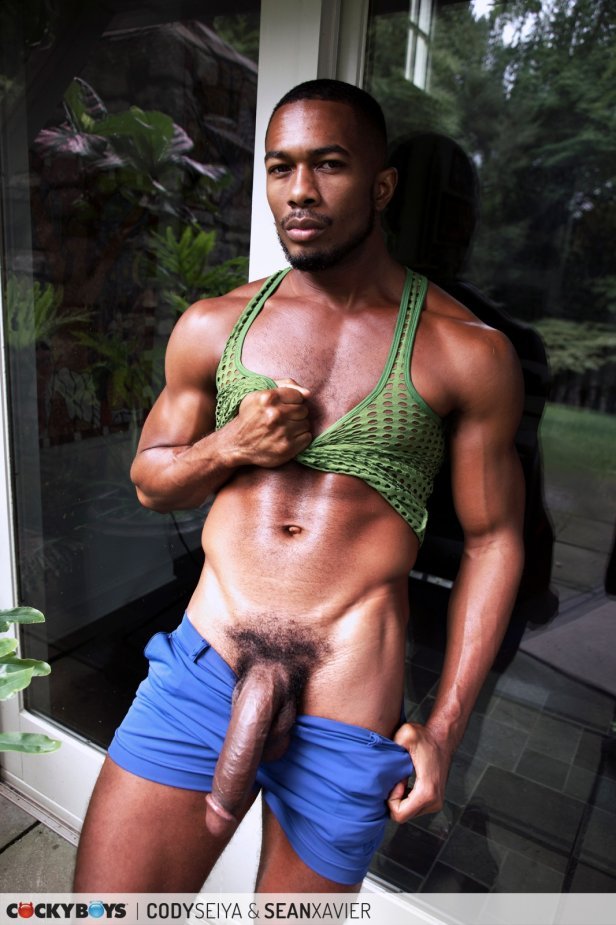
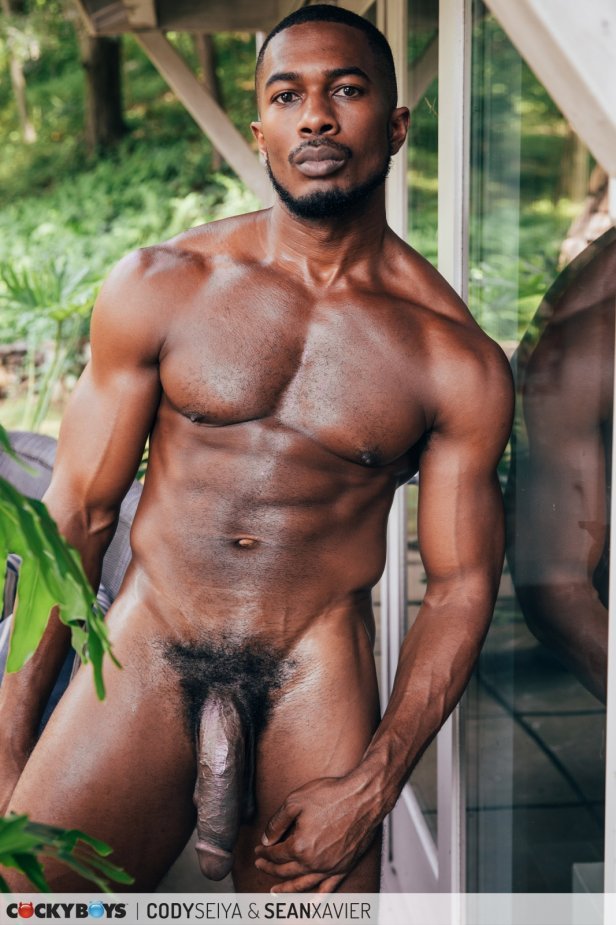
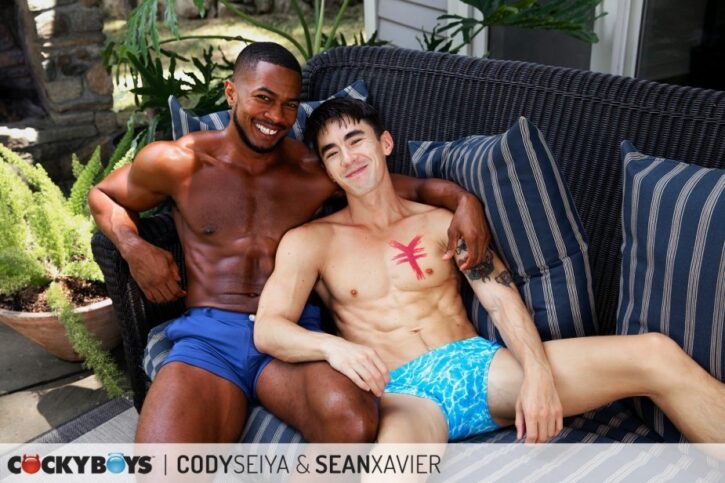
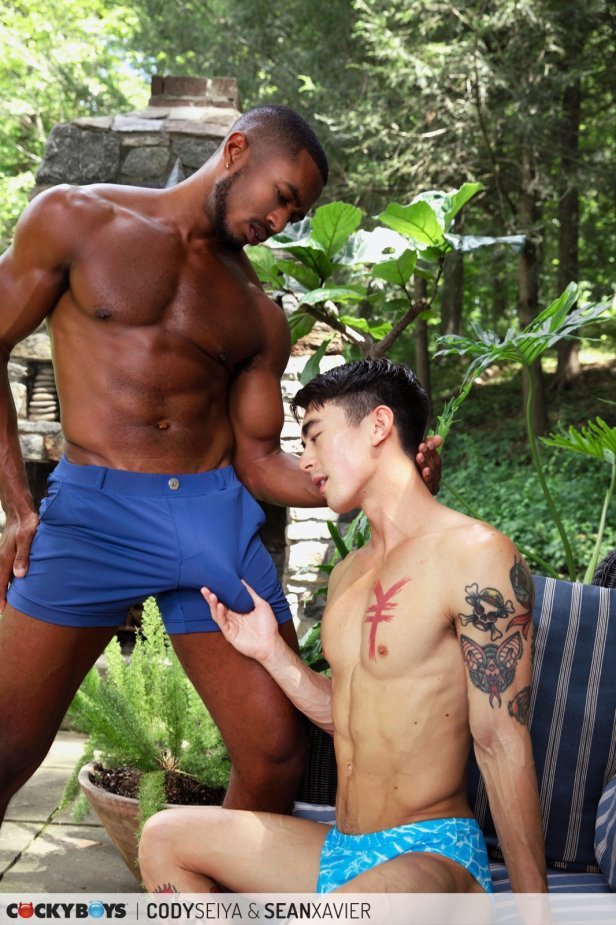
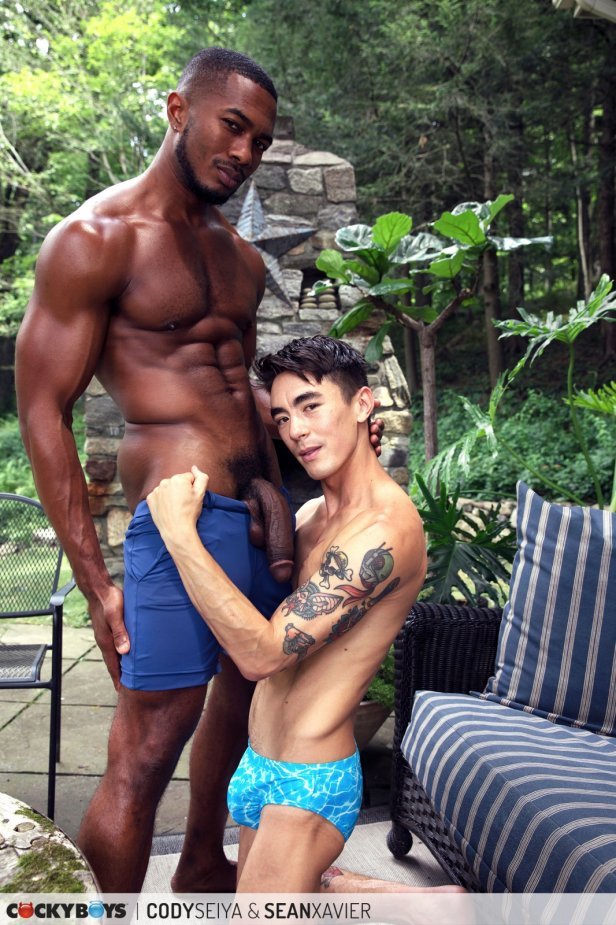
COCKY BOYS: A summer treat to warm up your winter: the pairing of Cody and Xavier! Playful affection leads to Sean sensuously sucking Cody and tonguing his hole. Sean then discovers that Cody is definitely not a passive bottom!
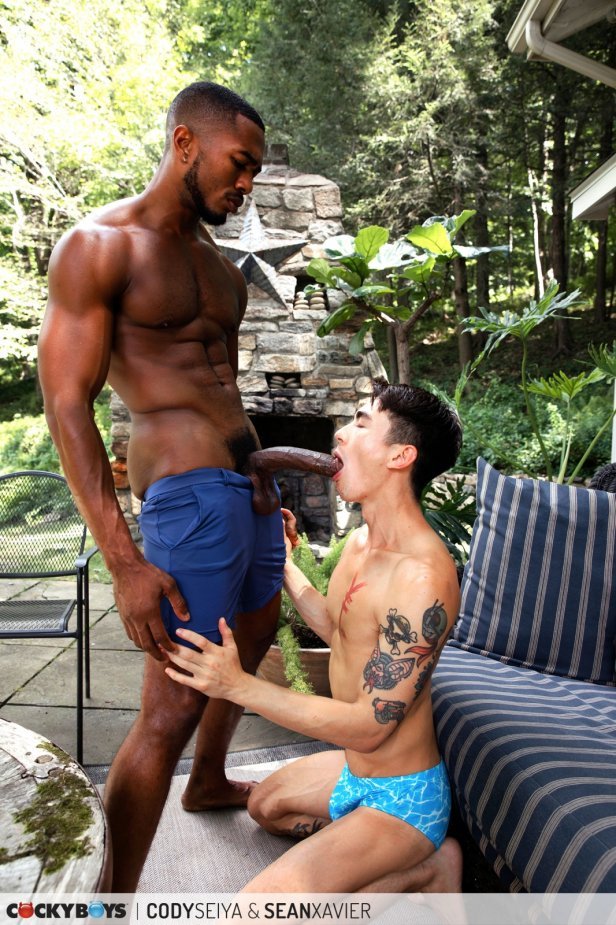

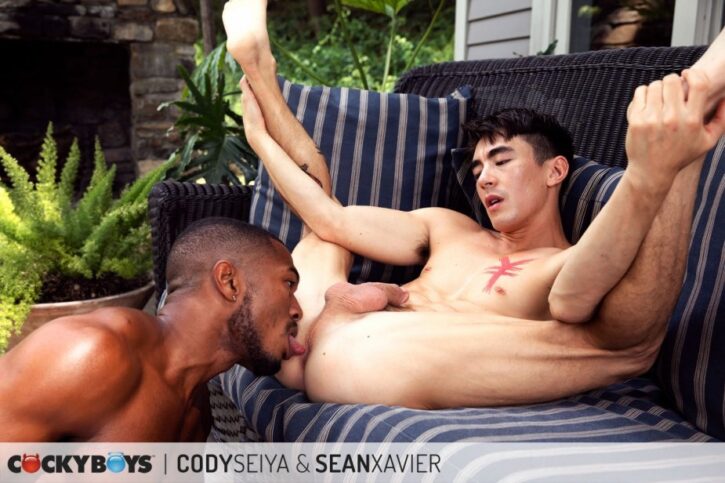

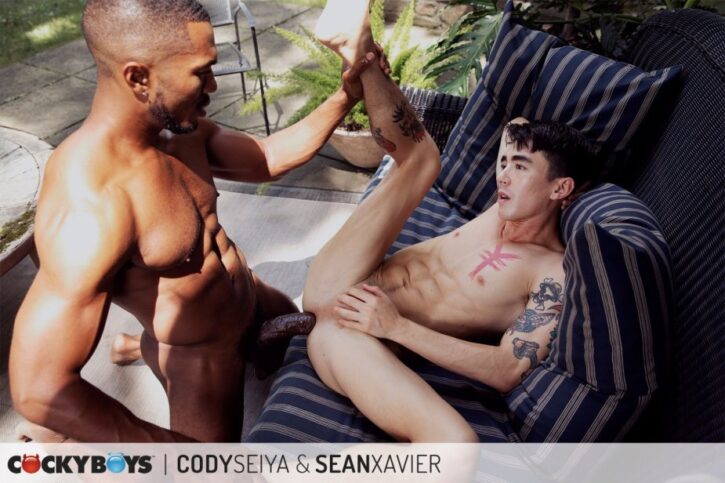
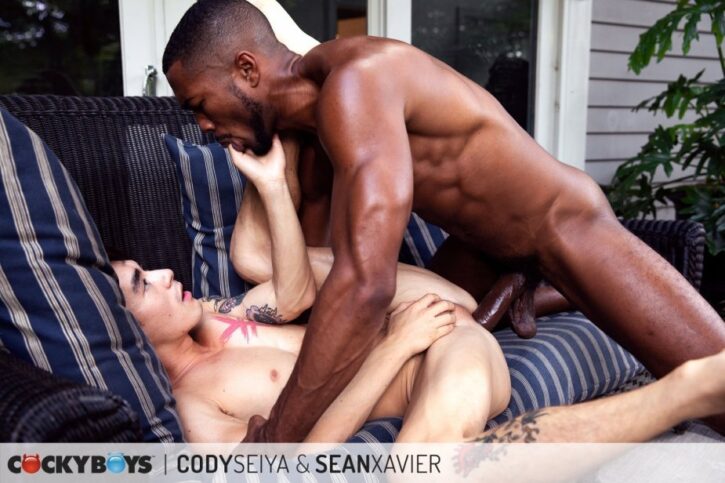
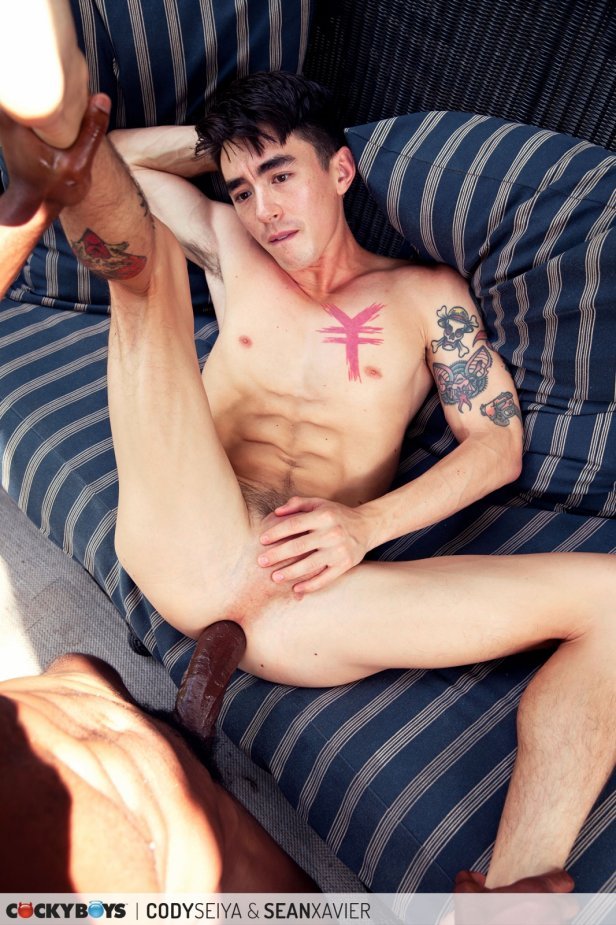
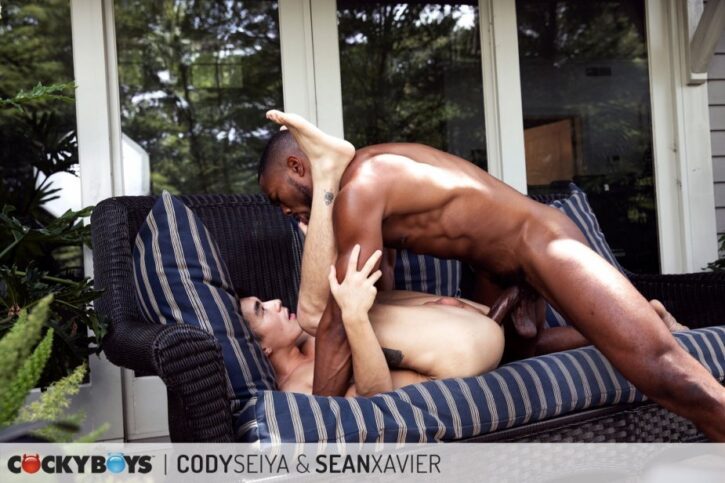


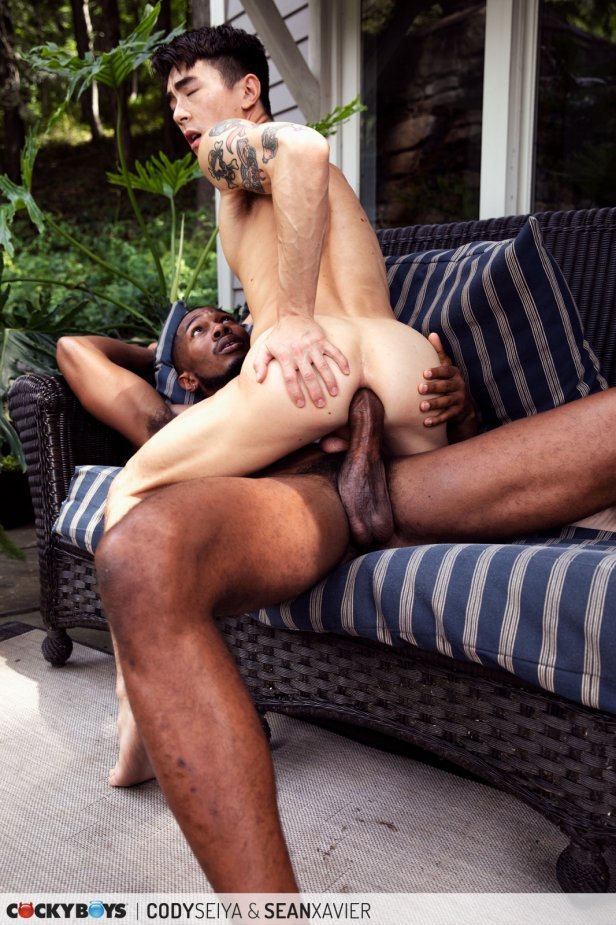
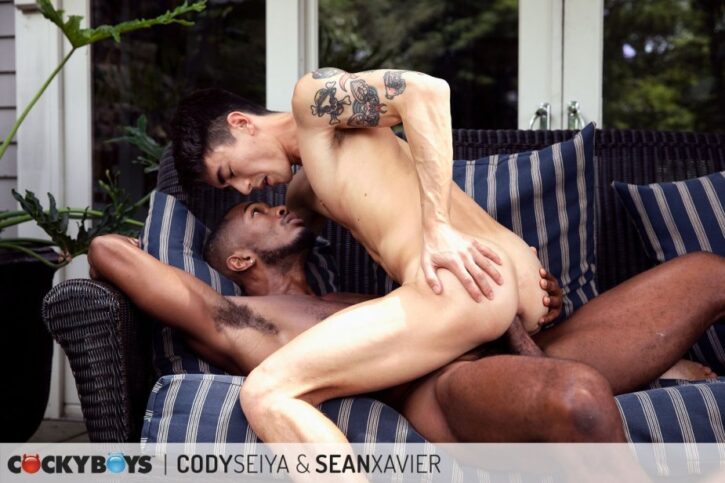






COCKY BOYS: A summer treat to warm up your winter: the pairing of Cody and Xavier! Playful affection leads to Sean sensuously sucking Cody and tonguing his hole. Sean then discovers that Cody is definitely not a passive bottom!













This time of year can be an emotional minefield for many – particularly if you’re isolated from family and the cold weather is limiting your social options.
Health professionals are particularly concerned that people involved in chemsex are facing a perfect storm that poses a significant risk of harm to our community.
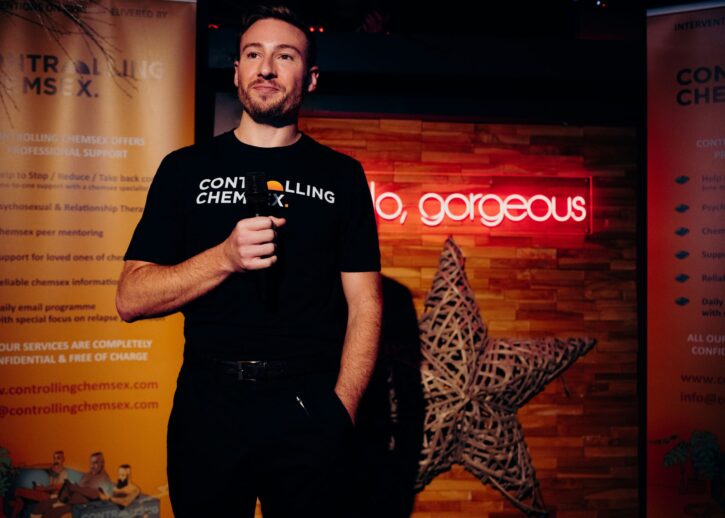
‘Chemsex’ is the term used to describe sexual activity between people who have taken specific drugs (chems) including crystal methamphetamine, mephedrone, gamma-hydroxybutyrate (GHB) or gamma-Butyrolactone (GBL) – these drugs can enable an enhanced sexual experience but they are highly addictive and come with significant health risks. These risks include:
“Chemsex is more than just a drug problem…” explains Ignacio Labayen de Inza – founder of the harm-reduction charity, Controlling Chemsex. “There is a combination of elements as powerful as sex, gay culture, drugs that can keep people awake for days prioritising sexual urges over any other consideration, internal homophobia and low self-esteem, as well as difficulties with intimacy and isolation.”
“We’re working everyday with people who are struggling with their use of chems…” adds Labayen de Inza. “Many of our clients are worried about the Christmas period, worried that they’ll relapse, and also worried about their friends. That’s why we’re sharing some practical tips that might help you to navigate the challenges of the festive season.”

“This is also a time of year when friends and loved ones might be wondering how to help someone who is struggling with chems…” explains Labayen de Inza. “You can’t help someone who doesn’t want to be helped, but if you’re worried about someone and you think chems might be the problem, keep the communication open – let them know that you’re on their side, listen and be supportive. Direct confrontations and arguments are counter-productive. Avoid being judgmental. You also need to set some boundaries for yourself – supporting someone who has issues with chems is an emotional roller-coaster.”

You’re wanting more action on Squirt.org, but you don’t really know how to get it quick. The best way to start is by giving your profile a refresh: you can update your online status, add new photos or videos (dick pics or ass shots, you decide!), and make updates about your favorite cruising spots!
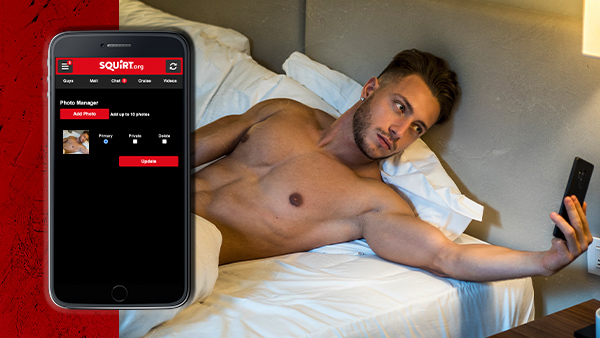
Sure, it’s not getting a dick in your mouth right away. But by keeping your profile fresh, you’re upping the attention you have on you and getting eyes on you that may not have noticed before. So, want that chat to start blowing up and getting more hookups?
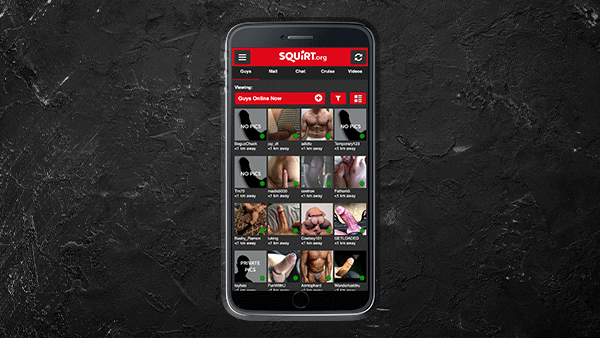
Update Your Online Status for the Gay Men Around You
You can write an online status (a personal message) in the box on your profile page, and let guys know your online or offline status. That way, your potential hookups always know when you’re down! You can also let guys know you’re looking to chat within a certain timeframe (feeling horny at a certain time of night?), or you can appear offline when you’re online.
For more on editing this, make sure to check our FAQ!
Keep Your Content Fresh for Guaranteed Deep Gay Penetration
You have a lot of stuff you can keep updated on your profile. You can always change your location info, such as your city or country. When you’re on the move, make sure to keep it up to date! That way in your travels you can always find new booty. From the USA to the gay Down Under
You can also update your favorite sex positions, your kinks, your turn-ons, your turn-offs, and you can keep your profile headline up to date. This is the place you take the reins and let guys know anything you want: let them know where you’re going to be soon for hooking up, or just update them on whatever you want!
Also make sure to keep your photos and videos updated!
If you’re wanting to get some more attention, what better way than with a sexy pic? You can always add plenty of photos on your profile on Squirt.org and really renew guys’ interest.
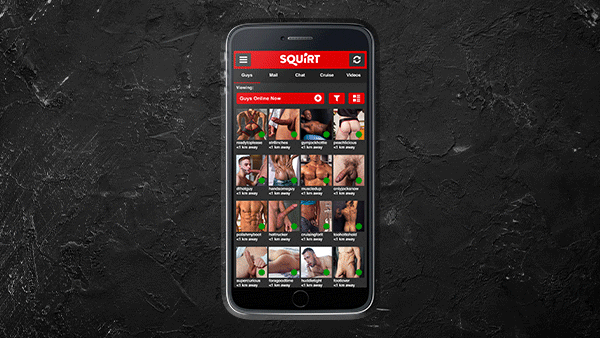
Nothing guarantees hot gay anal like an ass shot showing just what they’re missing. Or, maybe your torso is top-notch, but a fella wants to see if you have a face they can to cram their cock into: enhance your odds by sharing a face shot in your photo carousel.
A sexy video can also show a guy exactly what he’s in for by hooking up with you, and uploading them will get their engines revving. Want to check out other guys’ videos? You can see an unlimited amount if you upgrade to your Fan Club membership! Don’t want to upgrade right yet? You can get Free Time right now and try out those features!
If you’d like to know how to upload photos and videos, make sure to check our FAQ.
Update Cruising Spots
You can always add some favorite cruising spots in your profile to let people know where you like to hit up. You can easily add ones on your profile. You can also add details easily to cruising listings and add new ones – even getting free time for it!
Keep Squirtin’
Dick Hunter
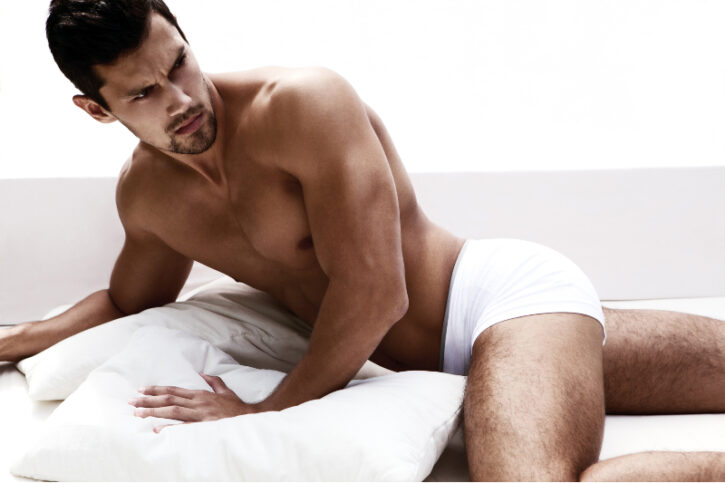
Whether you want to be a gay vers pro, or you’re a gay power-bottom who wants to see the other side of things, topping a hot gay date doesn’t have to be rocket science – you just need some willingness to take your red rocket to new terrains.
In this article, we discuss some helpful tips for when you’re topping for the first time. We’ll also look at how you can be a better top when you’re worshipping the hole of a seasoned power-bottom.
For many guys, butt sex is one of the best bits about man-on-man action or a gay anal hookup. When we’re talking about sex, we often use the short-hand terminology of Top and Bottom to clarify who’s doing what to whom, or what we’re feeling like in the moment.
These aren’t binary identities. You might get some guys who describe themselves as “exclusively Top” or “exclusively Bottom”, but you’ll have better sex if you’re open to pleasure from all angles. You really need to have skills that you can adapt to whatever the situation requires.
Sure, you might have a preference. But the more you can understand about how to give and receive pleasure, the more fun you’ll have.
Today, we’re focusing on how to Top another guy. If you’re the Top, that means that you’re pushing your cock into the other guy’s ass. The guy that’s taking your cock is the Bottom.
But there’s more to Topping than just getting hard and sticking it in. Let’s get into it.
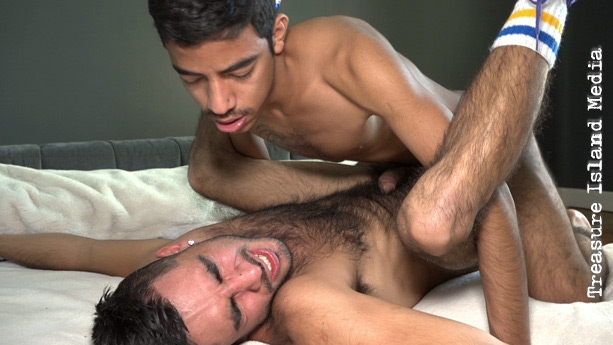
Foreplay and lube are two essential ingredients for great anal sex.
The objective of both is to make sure that your Bottom is relaxed, receptive, and ready to take your cock up their ass.
Go for a good quality lube and use lots of it. There’s lots of different types of lube out there – experiment and find one that works best for you. Talk about it with your Bottom – they might have a preference. Great lube means great sex.
From a foreplay perspective, your focus – as the Top – should be on your Bottom’s ass. Using your fingers is fine, but you really need to put your mouth to work. You need to be rimming your Bottom’s ass until he’s begging for you to fuck him.
Rimming isn’t just licking his fuck-hole. You want to bring variety to your rimming technique – kiss, spit, bite, chew – work his hole from every angle and get that tongue in deep.

Communication is really important. Listen for verbal cues and look for visual cues.
At the beginning, your questions might be along the lines of – “Is this okay?” “Does that feel good?”
As your encounter progresses, you might be looking for indicators on how rough you should be – “Like that?” “Harder?”
Equally important is checking in to make sure that you’re both in the same head-space – “Need some more lube?” “Want some water?” “Want to take a break?”

Hooking up with a guy who describes himself as a power-bottom can be a bit intimidating. Often, the temptation is just to try and fuck him really hard – pound him relentlessly like a fuck-machine.
While some guys are into that, and most guys will enjoy a bit of that at some stage, even a power-bottom is going to want some variety from you.
You always want to start off fairly slow. You need to make sure that your Bottom’s sphincter is relaxed and accommodating before attempting anything too intense. The more relaxed your Bottom’s butt gets, the more options that you’ll both have.
Lots of communication is good at this stage. You’ll have a sense of how your Bottom’s body is responding, but listen to his verbal cues – he’ll let you know when he’s ready for more.
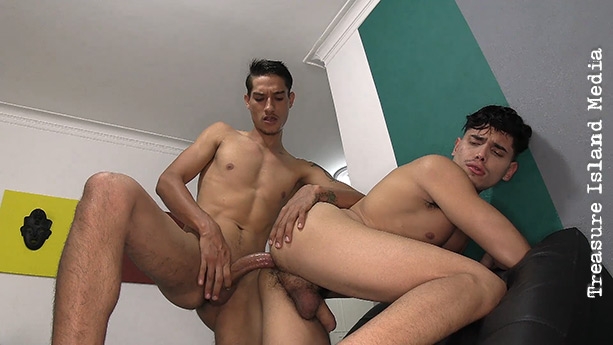
Just because you’re the Top doesn’t mean that you have to do all the work. You can expect your Bottom to be actively moving into different positions. But you do need to take charge.
Don’t be a passive top. You’re the one delivering the dick-down. Your Bottom is going to want to feel your power and your presence. Spit in his face, slap his ass, and let him feel every inch of you.
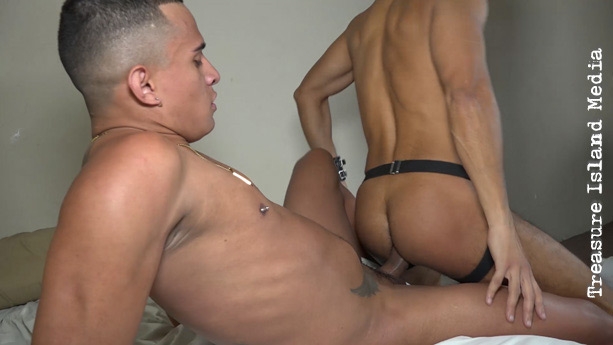
A bit of filthy talk during sex can be a great way to turn up the heat and make sure that you’re both on the same page.
But it’s probably best to start mild and then crank up the raunch if you see that it’s getting a positive response.
Even if you feel that your pre-hookup chat has set the tone, just because your Bottom DMd you that he wants you to ruin his cunt doesn’t necessarily mean that you open with that as soon as you get down to business. Online conversations are different from real-life conversations.
It’s also important not to impose your fantasies onto your Bottom. It might turn you on to talk filthy about how stretched and loose your Bottom’s fuck-hole is, but that could be perceived as a negative comment or a form of slut-shaming.
Take your cues from what your Bottom is saying. If he’s calling his but tight, go with that. If he’s calling it loose, go with that. Language matters.

To be a good Top, it helps to have at least a basic understanding of the male body. Anatomy diagrams are a good starting point to understand how everything fits together, but the important thing to remember is that we’re all built slightly differently and so our ass play might need to be adapted or adjusted.
When you’re Topping, it’s a good idea to be thinking about your Bottom’s prostate. This is a major pleasure spot. One of your primary goals when you’re Topping is to try and stimulate your Bottom’s prostate.
Being able to hit the prostate as you fuck your cock into him is one of the reasons that it’s a good idea to experiment with different positions.
Remember, regularly asking: “Does that feel good?” can ensure that you’re both getting what you want out of this encounter and you’ll quickly get a reputation as Top of the Tops.
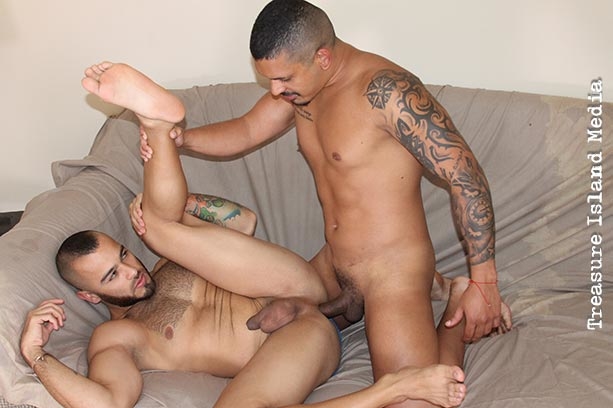
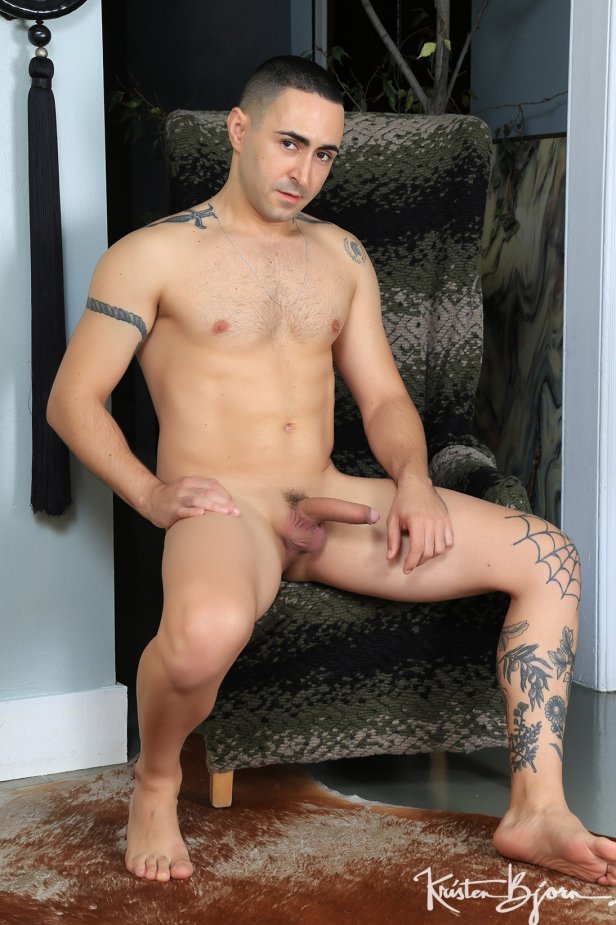


KRISTEN BJORN: Giuspel is eager to put his cock to some pleasurable fucking and spins Joe around and begins fucking his smooth ass with his hot tongue! Giuspel tops Joe Sting… a must see!
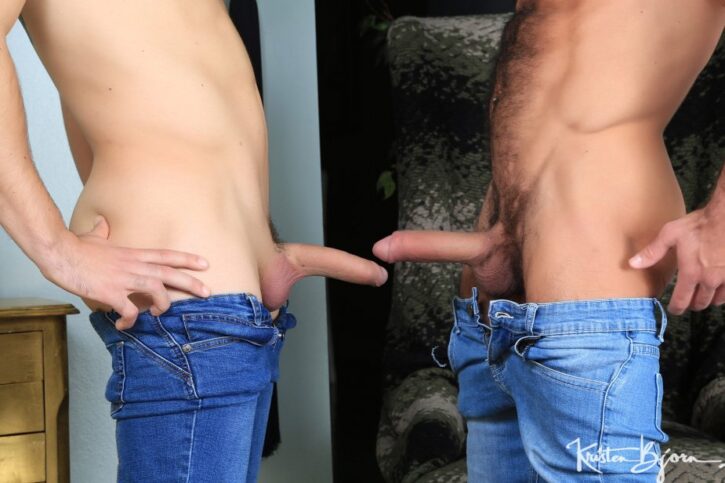

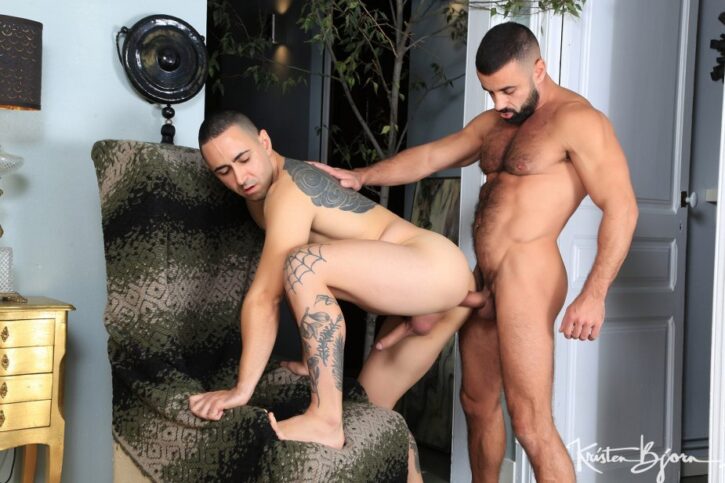

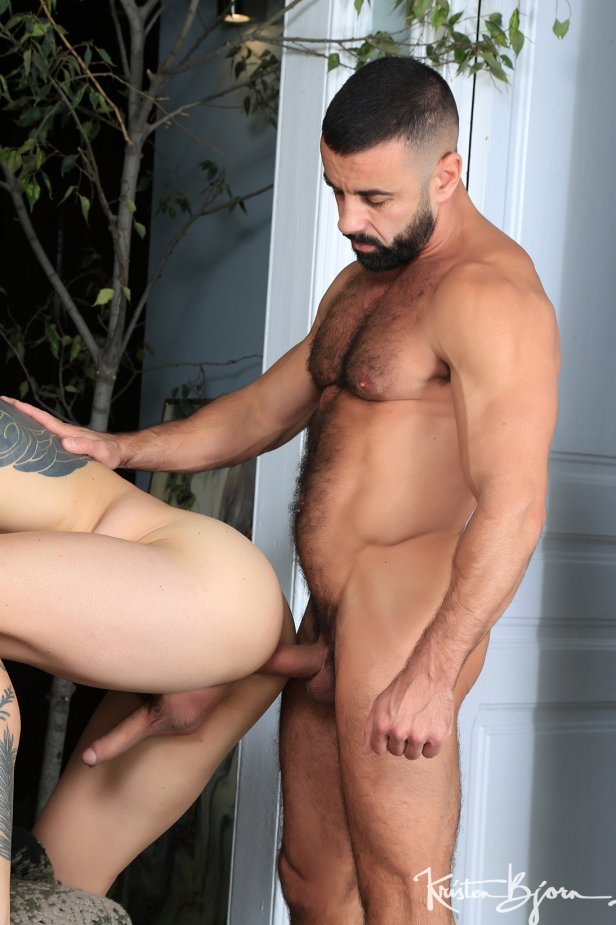

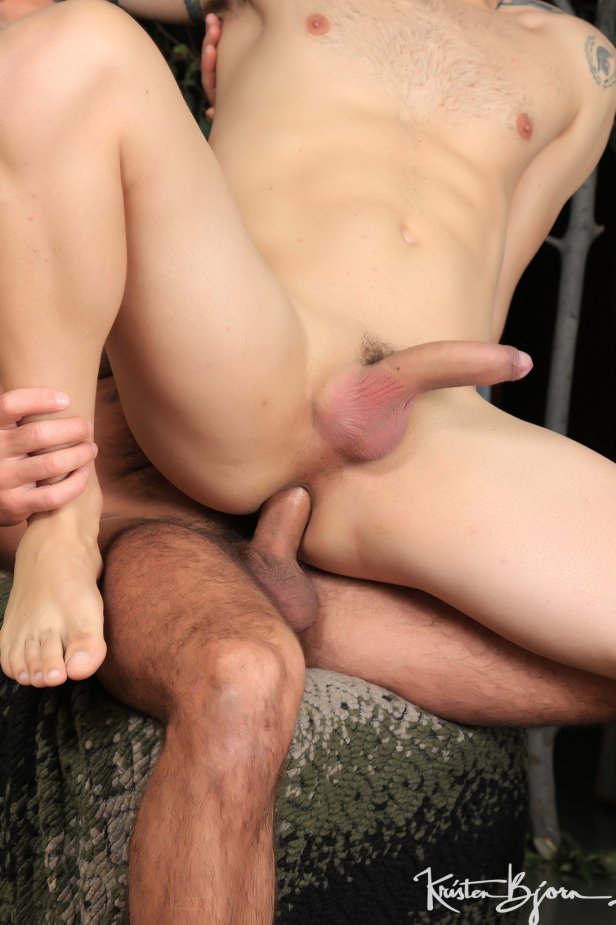
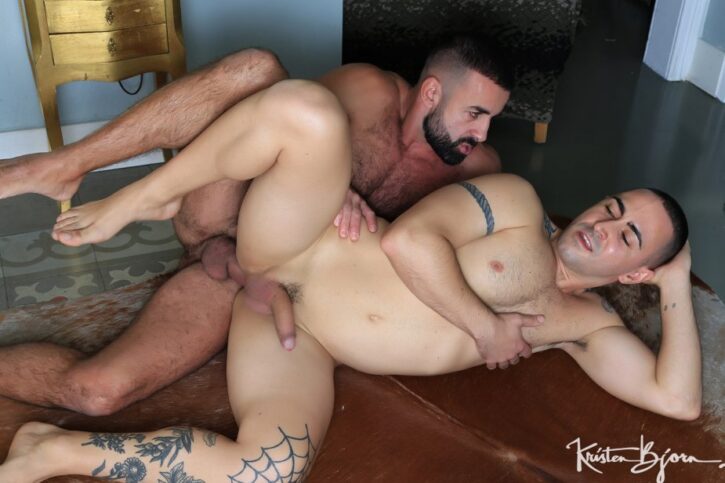
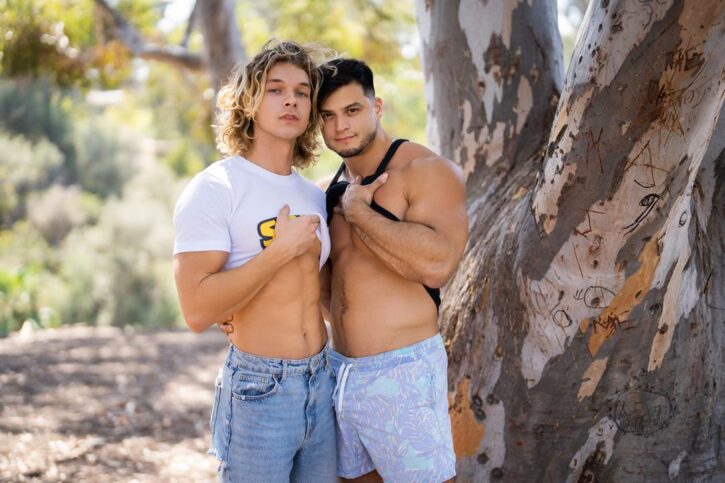
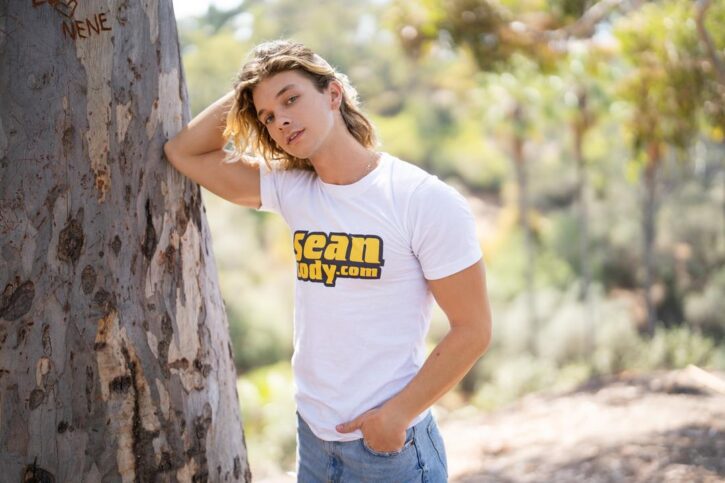
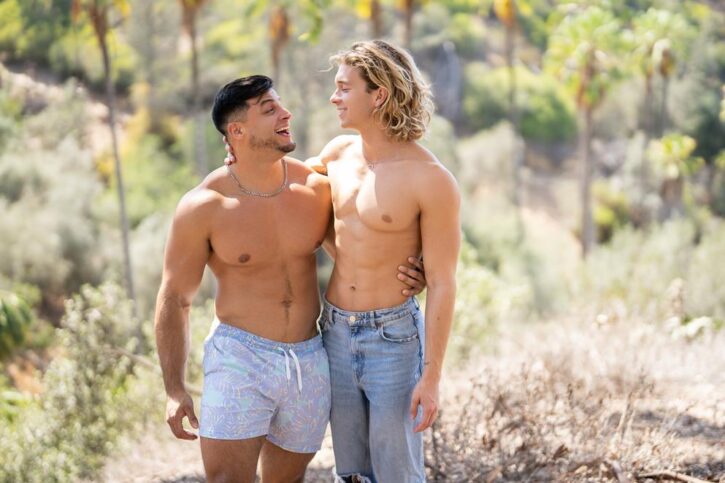
SEAN CODY: Blond Shawn and buff Axel only have eyes for each other as they enter the studio. “Let’s get this off,” Axel says, tugging the bottom’s shirt off, and quickly strips down so Shawn can suck him. He takes off the bottom’s jeans and bends him over the bed, rimming Shawn and making him moan, before sliding his cock into that hole. “Oh my god, you feel so good,” Shawn whispers, proving his words true when he orgasms as he rides the muscular top. Axel doesn’t break eye contact as he fucks the bottom in missionary and cums all over Shawn’s impressive abs!
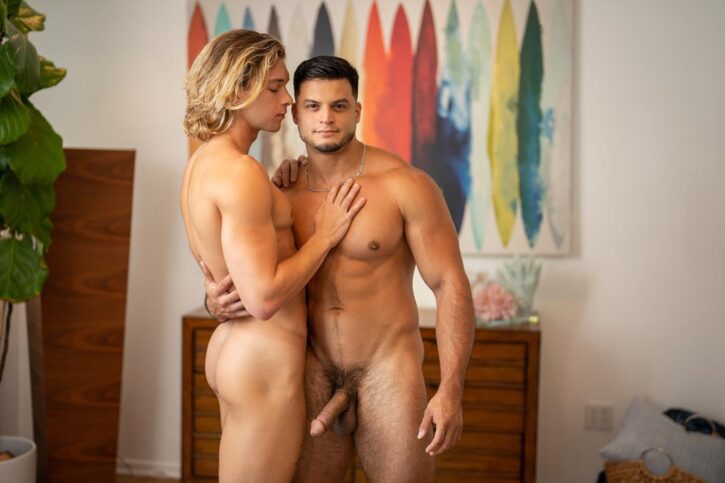

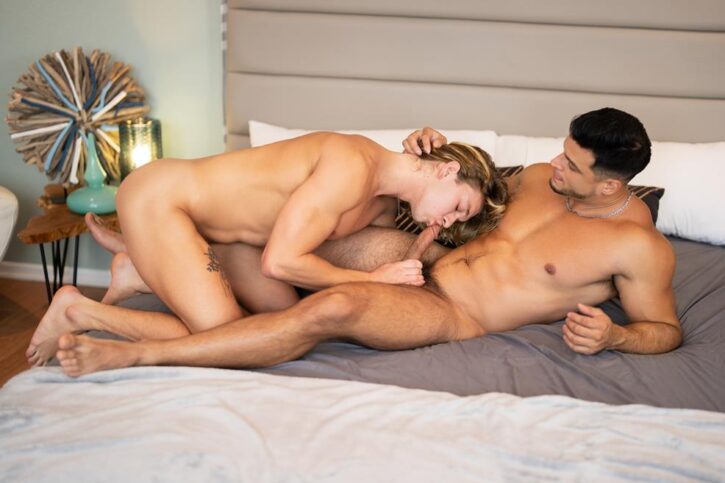

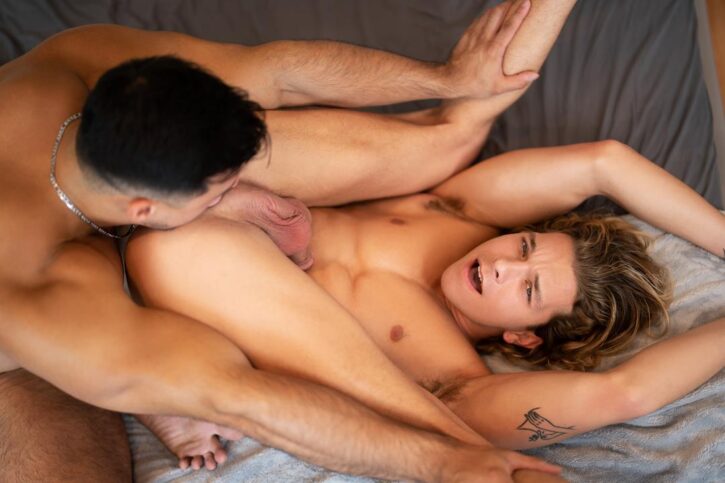
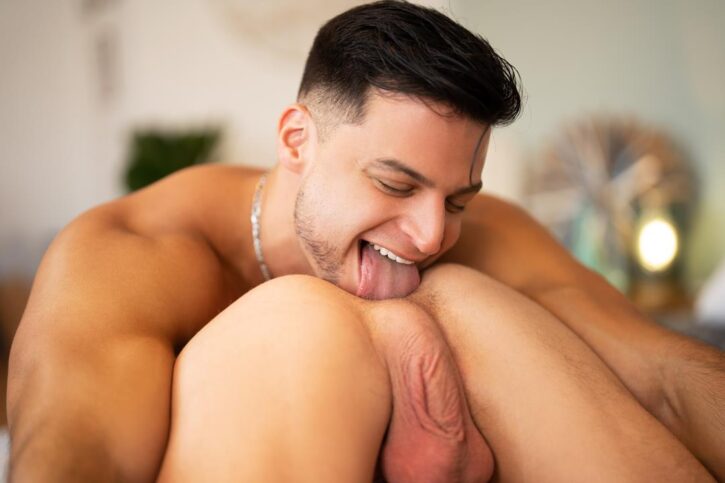
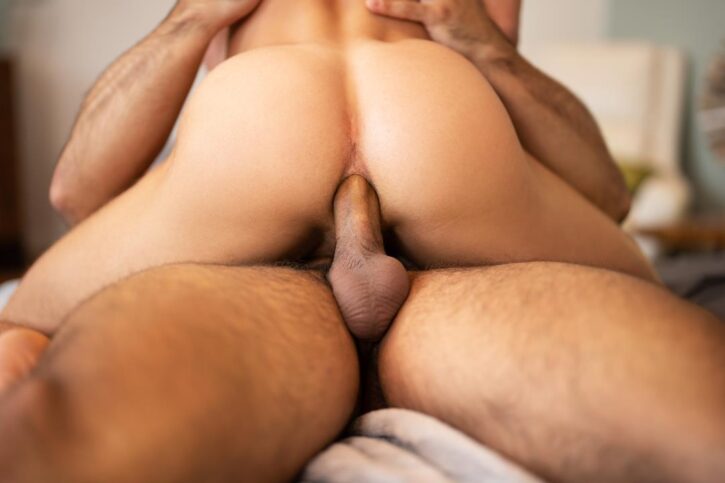
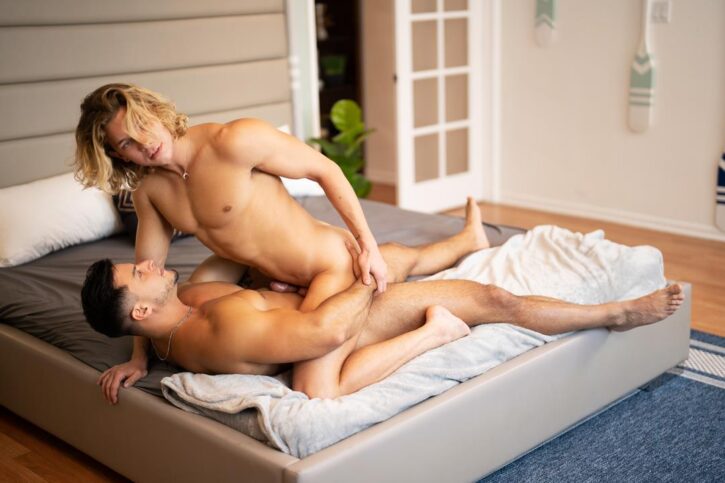
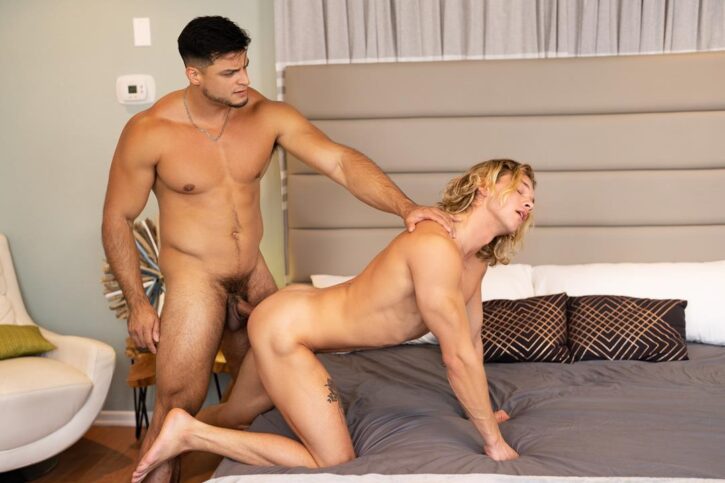

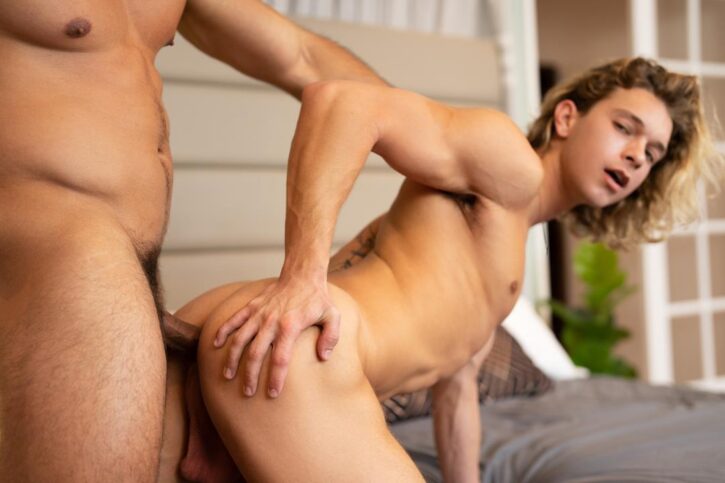
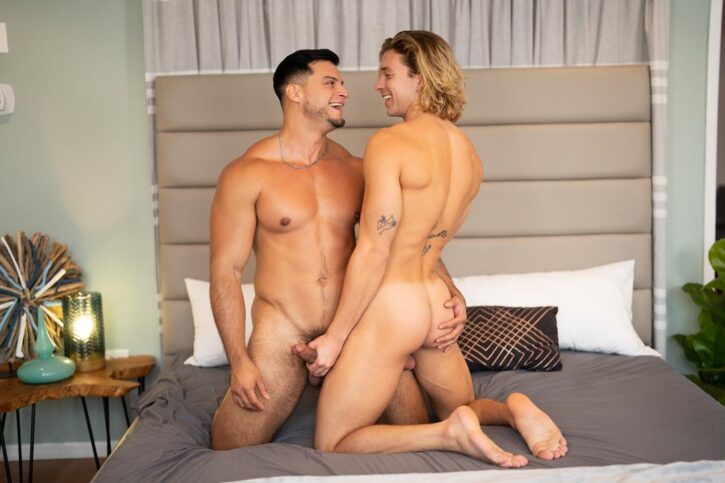



DISRUPTIVE VIDEO: Rhys Morris (Masyn Thorne) is the entitled boy of a CEO. Working for his dad’s company has some perks. Rhys has more clout than the average employee, and he’s not afraid to flex it. When Rhys feels that his co-worker, Daniel Lindsay (Carter Woods), isn’t giving him the proper level of respect, Rhys takes a new angle.


